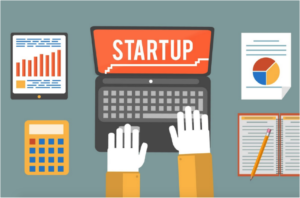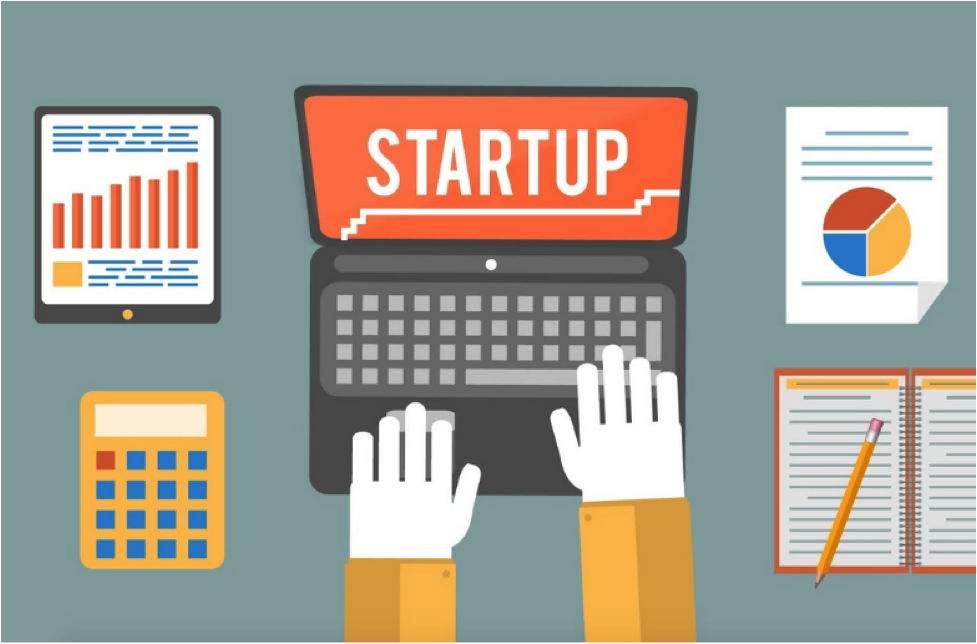How your marketing shifts as your business grows
By Payman Taei, founder of Visme and HindSite Interactive
Regardless of the type of business you’ve decided to start or the industry you happen to be operating in, much of your success will come down less to any one major decision and more to those smaller but meaningful ones. This is why your priority at any given time is never “Begin a successful business.” Rather, your goals involve carefully navigating the different phases in the lifecycle of a startup in order to slowly but confidently move from idea to execution—startup to established business.
The types of decisions that you’ll be making in the seed and development phase of your business are very different from the ones you’ll be focused on during expansion or even maturity. You’re not trying to conquer the industry at the start: You’re trying to play to the strengths of your current stage so you can safely and effectively move to the next one, and so on. In many ways, the same is true of your marketing efforts.
The best content marketing campaigns are purpose-built from the inside out. They’re not about attracting attention just for the sake of it. Your marketing efforts must closely align not only with your larger goals, but with the phase you’re presently in.
Marketing isn’t something that begins as your product or service launches: You could easily argue that it’s a process you enter—whether you like it or not—from the moment you decide to start a business or invent a product.
Early Days
This has been stated before, but it’s important enough to warrant repeating: In order to successfully market anything, you need to know as much about who you’re talking to as possible.
The major variable is your audience. This, in turn, becomes the fulcrum around which your marketing goals will adapt based on the startup phase that you’re in.
Case in point: In the early days of your startup, you’re not going to be talking to end users. You’re going to be talking to potential investors. These are the people who will (hopefully) be giving you money and, at this point, your number one goal is assurance. These people want to know that you’ve done your due diligence and that you’ve got more than just a great idea for a theoretically great product.
You’ll be giving presentations created with tools like Visme about your market size and other factors. You’ll be trying to visually communicate all the thought you’ve put in and the work you’ve done in order to answers questions like:
- How many potential customers do you have?
- Does the market actually have money to spend on your product?
- Is the market saturated?
- Is your value proposition unique enough to cut through the noise and attract the right type of attention?
Your eventual customers will have almost no interest in these answers. However, your current audience—the people with the checkbooks—are very interested indeed.
 Growth Mode
Growth Mode
Contrast this approach to the growth and establishment stage of running a startup. At this point, your goal is to generate a consistent source of income by regularly taking on new customers. Now, you are talking to your end users. Plus, this early on in the process, you likely won’t have assets like “word of mouth” or testimonials.
So what do you do? You work toward crafting meaningful positioning statements to let people know why they should care about a product they’re unfamiliar with from a company they’ve never heard of. You’re still using marketing to answer questions, but it’s an entirely different set. By now, you’ve moved onto things like “here is what my product is. Here is how it will positively impact your life. Here is why you should care.”
You’re still describing the same thing you were to investors, but because your goal is different your execution must vary as a result.
Onward and Upward
Then, if you’re lucky enough, you move onto expansion. By this point, you’ve firmly established yourself in your industry and have likely developed a reputation. You’re thinking about bringing on new forms of revenue and broadening your horizons and, to do that, you need to shift your marketing perspective yet again.
You might be widening out to new audiences, or adding new products or services to your existing offerings. You will likely focus on extracting additional value from existing customers, which means you have yet another set of questions to consider. “Here’s why we can still play an important role in your life. Here’s what we’re trying to do today. Here’s why you should still care.”
Throughout this process of growth, you’re talking about the same product or service—and ultimately the same company. The reason you woke up this morning and went into work is the same reason you had when you were still in your initial seed phase.
But because your business goals have changed, your marketing efforts must change also. And you’ll need to find a way for your message to reflect not just who you are today but where you’re trying to be in the near future, too.
The marketing tools, techniques and best practices that you use over the life of your business will never change. Visually engaging infographics will be just as important during the startup phase as they will be when you reach maturity. How you apply those tools, however, can and should change on an ongoing basis.
Part of the reason why marketing is so powerful in the first place is because it’s fluid. As a concept, it’s just a communication medium like so many others. Naturally, what you’re trying to communicate needs to change depending on today’s objectives and tomorrow’s goals.
Since 1987, EO has been transforming the lives of the entrepreneurs who transform the world. Learn what it’s like to join the only global network exclusively for entrepreneurs.
Categories: Best Practices PR/MARKETING Sales Technology

